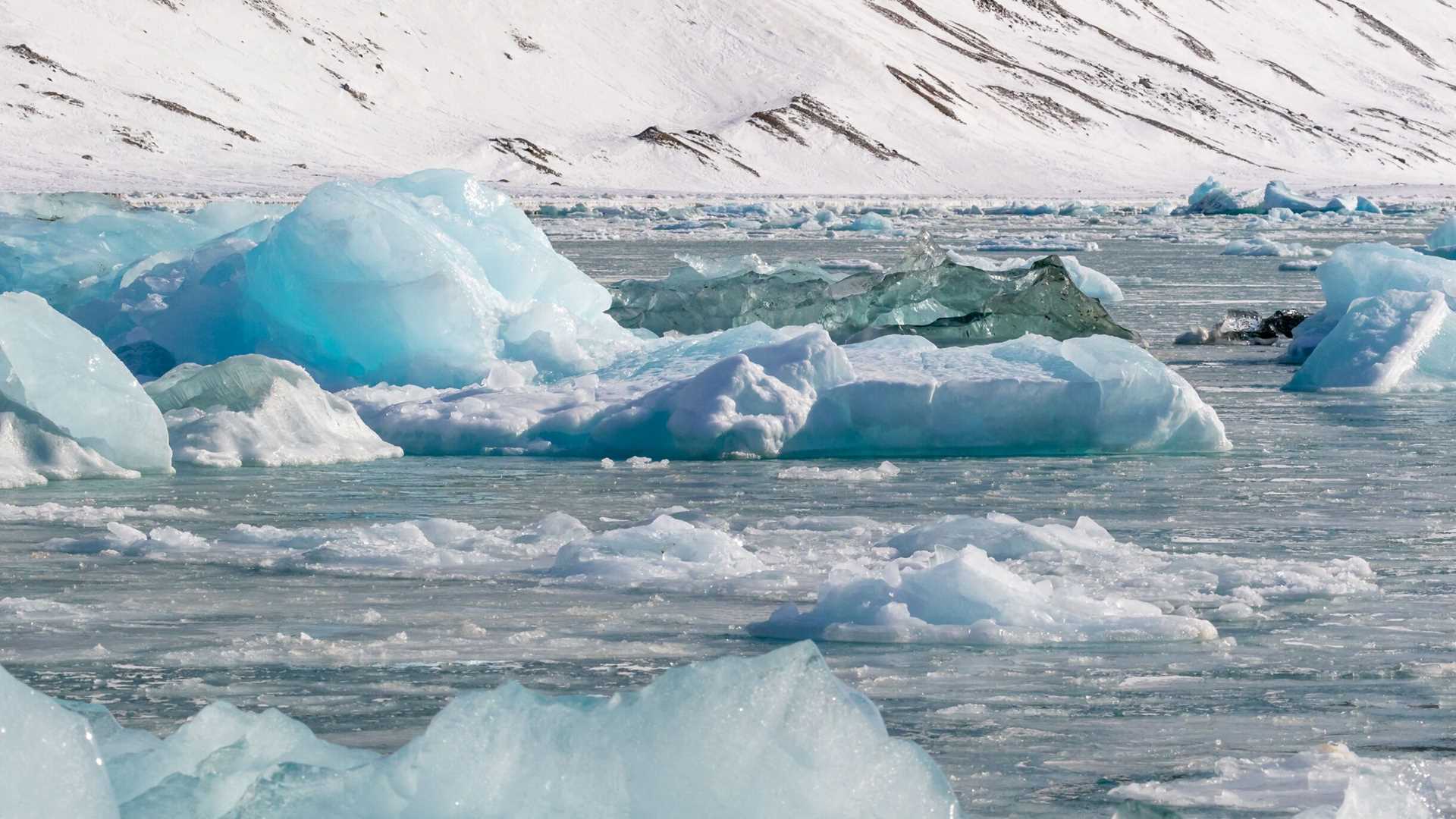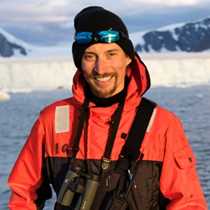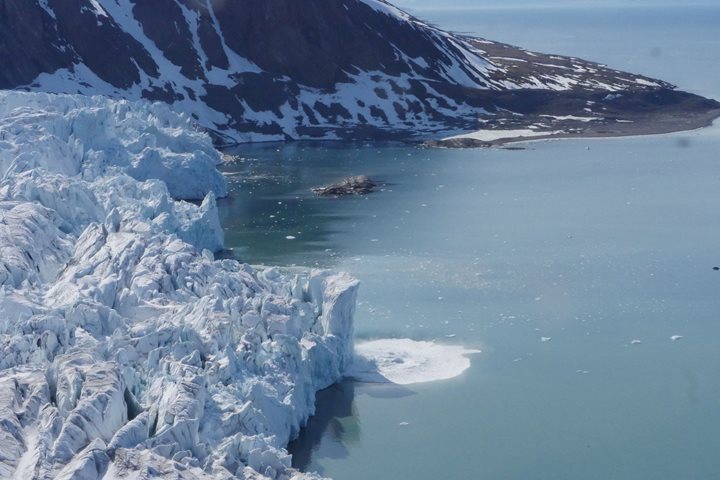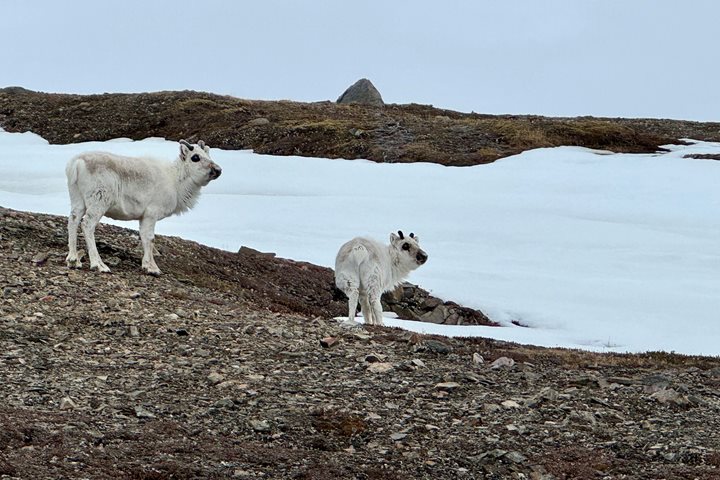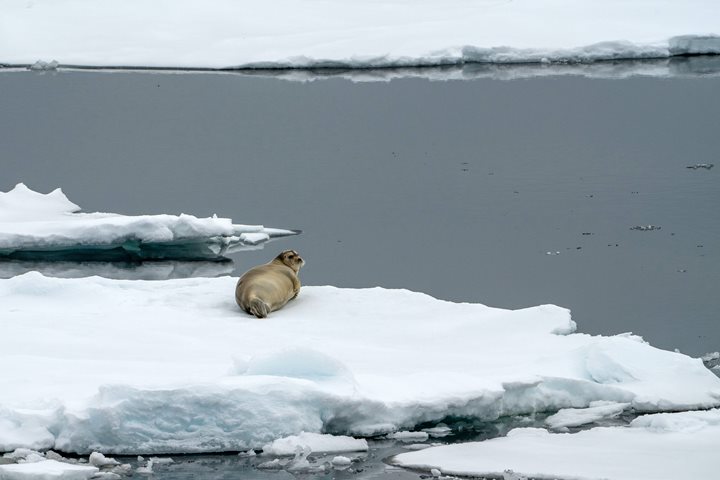Krossfjord is on the west coast of the island of Svalbard, near the area where the last remains of the Gulf Stream give their final warming effects to the local waters. This makes it a productive and slightly less icy body of water. However, the stunning tidewater glaciers that have carved the fjord still supply the area with massive blocks of blue and cerulean icebergs. We began our day at Lilliehook Glacier, at the far northern end of Krossfjord. Stretching 11 km (five miles) wide at the calving face, it was a massively impressive sight to enjoy as we ate breakfast. Afterwards, we navigated south to the Fourteenth of July Glacier, named by the Duke of Monaco after Bastille Day, the national day of France. We explored the bay by Zodiac. Encountering walruses on ice and waterline views of icebergs were definitely highlights. In the afternoon, we turned north and sailed towards the polar pack ice, located to the north of the Svalbard archipelago.
6/17/2025
Read
National Geographic Resolution
Spitsbergen Island, Svalbard
Today, we landed at the stunning glacier front of Nordbreen, nestled deep within the majestic Wijdefjorden. The day offered unforgettable experiences, both on land and at sea. Our long hikers embarked on an epic journey up to the ridge of Slettho. The ascent was rewarded with sweeping views of the rugged, dramatic landscape carved by ancient ice. From this high vantage point, we felt the raw power and isolation of the Arctic. As we stood together in five minutes of silence, taking in the vast stillness, nature answered with a breathtaking moment: the glacier calved. The thunderous sound echoed across the fjord—a powerful reminder of the ever-changing world of ice. Meanwhile, our Zodiac cruisers witnessed the same calving event from sea level. From the water, they felt the full force of the glacier’s collapse—the crash of ice, the rolling waves, and the deep, resonating boom that followed. It was a rare and visceral moment, connecting all of us more deeply with the Arctic wilderness. A day like this reminds us of why we journey to these remote places: for connection, perspective, and awe.

